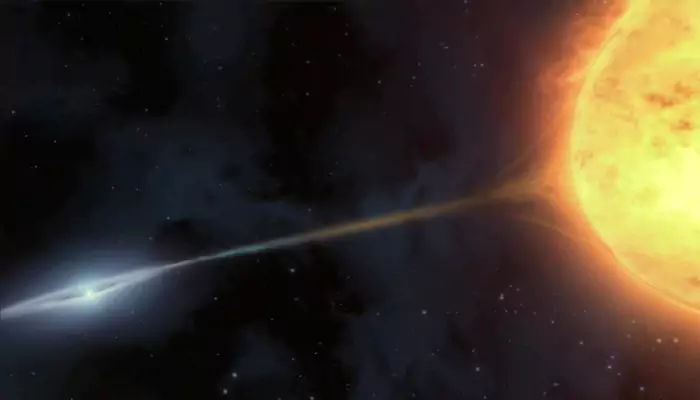
Here are today’s most important updates from the realm of Science and Space.
Scientists at the National Institute of Ocean Technology (NIOT), Chennai have created an AI algorithm capable of tracking "curious" corals using Autonomous Underwater Vehicles (AUVs). Curious corals are new species of coral reefs found in deep-sea expeditions or coral reefs that appear to be resistant to climate change. This new technology, developed from images collected by the PROVe500 in the Andaman and Nicobar Islands, promises to significantly enhance our understanding of coral reef ecosystems and the impact of climate change on these vital marine habitats. By deploying AUVs equipped with AI-enabled image processing, researchers can gather comprehensive data on coral health and dynamics over extensive areas.

A day on Uranus is about half a minute longer than previously thought, according to new research. An analysis of 11 years of Hubble Space Telescope observations shows that Uranus' day lasts 17 hours, 14 minutes, and 52 seconds. That's 28 seconds longer than NASA's Voyager 2 spacecraft estimated when it passed Uranus in 1986. In this recent research, astronomers used radio signals from the planet's auroras and magnetic field data collected by the spacecraft. Future missions to Uranus, such as the proposed Uranus Orbiter and Probe, could rely on this coordinate system when selecting an atmospheric entry site, the researchers wrote in the study.

We finally know what will happen when two suns collide with each other outside of our Solar System. Type 1a supernovae are a special class of cosmic explosion, famously used as ‘standard candles’ to measure distances between Earth and their host galaxies. When they get closer to each other, the heavier of the two white dwarfs, because of its greater gravitational strength, will begin to draw material from the lighter one's outer layer and increase in mass past the threshold beyond which a white dwarf experiences a thermonuclear explosion. This will set the stage for a complex explosion called a type 1a supernova, in this instance involving a quadruple detonation. The explosions will destroy the entire system, with energy levels a thousand trillion trillion times that of the most powerful nuclear bomb.

New research highlights a striking contrast in mortality rates between the US and Europe, revealing that even the wealthiest Americans are at a higher risk of dying early compared to their European counterparts, and in some cases, even when compared to the poorest in Europe. While higher income generally correlates with lower mortality risk in both regions, the disparity between the richest and poorest populations is notably greater in the US. The study suggests that this difference may stem from better access to healthcare, social welfare, and stronger social structures in Europe, which are less prevalent in the US. The findings are a stark reminder that even the wealthiest Americans are not shielded from the systemic issues in the U.S. contributing to lower life expectancy, such as economic inequality or risk factors like stress, diet or environmental hazards.